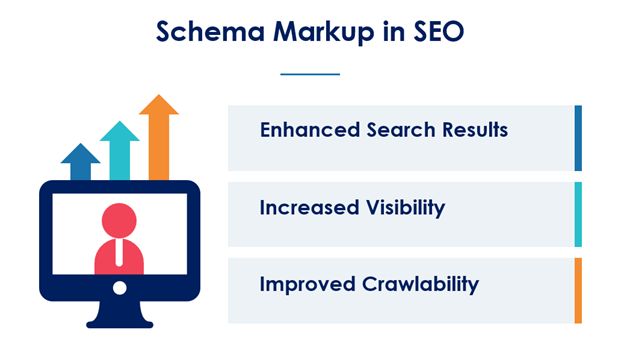Menu

In today’s competitive search landscape, standing out in Google’s results is critical. Seekvector schema markup helps websites achieve this by adding structured data that transforms plain search listings into eye-catching rich snippets. These enhanced results can display ratings, product prices, event details, FAQs, and more—making your listing more clickable than competitors. Studies show that rich snippets can improve click-through rates (CTR) by up to 30%, directly increasing traffic without improving rankings. Whether you run an online store, blog, or service-based business, schema markup ensures search engines fully understand your content. In this guide, you’ll learn what schema is, how it impacts SEO, and how Seekvector can help you implement it effectively.
Schema markup is a type of structured data code that tells search engines exactly what your content means—not just what it says. This allows search engines to display more informative and engaging search results.
Benefits of Schema Markup for SEO:
Higher CTR – More clicks without changing your rankings.
Enhanced Search Listings – Stand out with images, ratings, and other rich elements.
Better Content Understanding – Helps Google, Bing, and Yahoo index your site accurately.
Voice Search Optimization – Structured data improves voice assistant answers.
💡 Example: A recipe site using schema can show cooking time, calories, and ratings directly in Google results.
Here are some popular schema types supported by Seekvector:
Organization Schema – Displays your business name, logo, and contact details.
Product Schema – Adds price, availability, and reviews for eCommerce items.
Article Schema – Enhances blog posts with author, publish date, and images.
FAQ Schema – Shows collapsible question-and-answer sections in search results.
Local Business Schema – Improves local SEO by adding address, opening hours, and phone number.
How Seekvector Helps Implement Schema Markup
Seekvector simplifies schema integration with:
Automatic Structured Data Generation – No coding needed.
Schema Validation – Ensures code is error-free and Google-friendly.
Multiple Schema Types – Add the right markup for your content.
Regular Updates – Stay compliant with Google’s changing schema guidelines.
Example: An online store using Seekvector’s product schema saw a 22% increase in organic clicks in just one month.
Follow these guidelines for maximum impact:
Use the Right Schema Type – Match markup to your content.
Avoid Spammy Markup – Only mark up visible and relevant information.
Test with Google’s Rich Results Tool – Validate before publishing.
Combine with Other SEO Tactics – Schema works best alongside strong content and site speed.
Update Regularly – Keep product prices, availability, and dates accurate.
While Seekvector does the heavy lifting, these tools can enhance your schema strategy:
Google Rich Results Test – Check if your pages qualify for rich snippets.
Schema.org – Official schema documentation.
Ahrefs – Monitor CTR improvements.
Also, check our Seekvector Site Speed Optimization Guide to complement your schema efforts with faster load times.
Seekvector schema markup is a powerful way to stand out in search results, boost click-through rates, and improve SEO without changing your rankings. By adding structured data for products, articles, and FAQs, you give search engines the context they need to display rich, engaging snippets. Start implementing schema today with Seekvector and watch your traffic grow. Visit Seekvector to learn more.